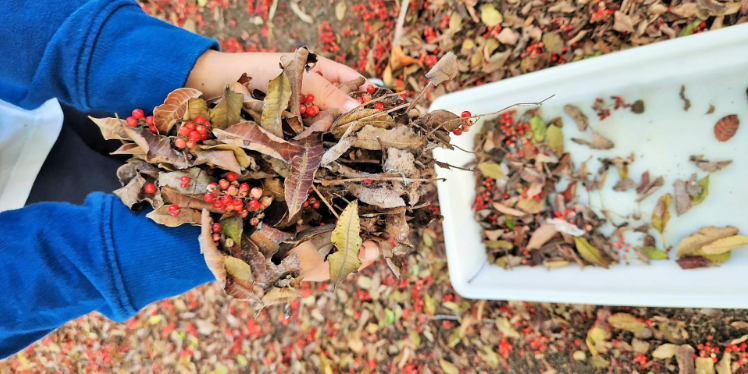“The senses, being explorers of the world, open the way to knowledge…” María Montessori
In the acquisition of knowledge and skills, there are natural steps that are taken often without us even realizing. This is probably because our most essential skills such as language and movement, were learnt as small children and we don’t even have the memory of how these were achieved.
First of all, what is sensory play? Sensory play is play that engages a child´s senses; taste, smell, hear, see, touch. But also includes movement, balance, and spatial awareness. When you watch a child learning through sensory play, there is an obvious pattern that emerges if you observe long enough.
Way before the understanding phase or even the exploration phase, there is the discovery phase. The child first has a perception of the environment,and this is always through the senses. Once the child feels safe, curiosity impels them to begin to explore, again through the senses. They need to explore the world around them sensorially in order to download essential information from their environment. This is a primal instinct which teaches us about the world. t shows us what feels good and what doesn’t. If something tastes bitter, we hold the sensorial memory and maybe not put it in our mouths again. Was the surface rough and scratchy? Was the surface rough and scratchy? Does that person’s voice sound threatening? I’m going to stay close to mom.
Exploring the world sensorially is not only a crucial part of child development but also helps build cognitive skills and influences how they learn about their world.
In the Early Years setting at The American School of Las Palmas it would be unusual to not walk into a room full of children exploring color, texture and sound, not to mention smell and taste. Music and movement are an important part of our daily routine. Playdough, plasticine, fingerpaints and sand tracing are also important classroom activities to freely explore. Equally as important, if not more, is nature based play.
With the changing of seasons, the children can explore, create, and play with sticks, pebbles, leaves and pine cones. The list of enriching opportunities for sensorial play are endless. At this age, the importance of ‘hands on’ play cannot be stressed enough. With the increased use of technology in the classroom as the children get older, it has never been more important to balance out these activities with opportunities to use the hands for exploration.
Here are some activities you can carry out with your young child for them to explore through their senses:
- Outdoor play in the garden, at the beach or in a park. Allow your child to explore different textures such as the bark of a tree, the pebbles on the beach or sand between their fingers.
- Food preparation. Baking bread, preparing a fruit salad, mixing ingredients together. As you prepare food encourage them to taste what you are making.
- Art and craft. Using different mediums such as paint or crayons. Making a collage with different types of materials.
- Listen to music together, especially music that encourages them to explore movement.
The important thing is to explore together, and remember, it is ok if it gets a little messy.


